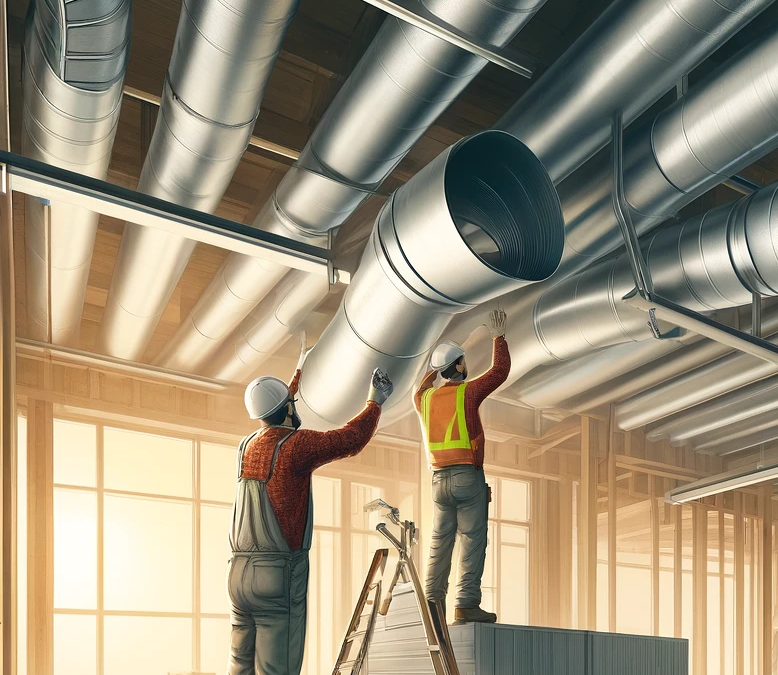Introduction
Installing ductwork is a vital aspect of HVAC system installation. Proper installation ensures efficient airflow throughout your home, enhancing indoor comfort and energy efficiency.
Planning and Preparation
Before beginning the installation process, carefully plan the layout of your ductwork system. Consider factors such as room size, airflow requirements, and HVAC unit capacity. Proper planning helps optimize system performance and ensures even distribution of conditioned air.
Gathering Materials and Tools
Gather all necessary materials and tools for the installation process. This includes ductwork components such as pipes, elbows, connectors, and insulation, as well as essential tools like tape measures, snips, and screwdrivers. Having everything on hand saves time and minimizes interruptions during installation.
Measuring and Cutting Ductwork
Accurate measurement is crucial for proper ductwork installation. Measure and mark the ductwork components according to your planned layout, ensuring precise cuts for a snug fit. Use appropriate cutting tools to achieve clean, straight cuts, maintaining the integrity of the ductwork system.
Assembling and Securing Ductwork
Assemble the ductwork components according to your layout plan, ensuring tight connections and proper alignment. Use duct tape or sealant to secure joints and prevent air leaks. Additionally, support the ductwork properly using straps or hangers to prevent sagging or deformation.
Insulating Ductwork
Insulate the ductwork to improve energy efficiency and prevent condensation buildup. Wrap insulation around the ductwork, paying special attention to areas exposed to extreme temperatures or moisture. Proper insulation helps maintain consistent temperatures and protects against heat loss or gain.
